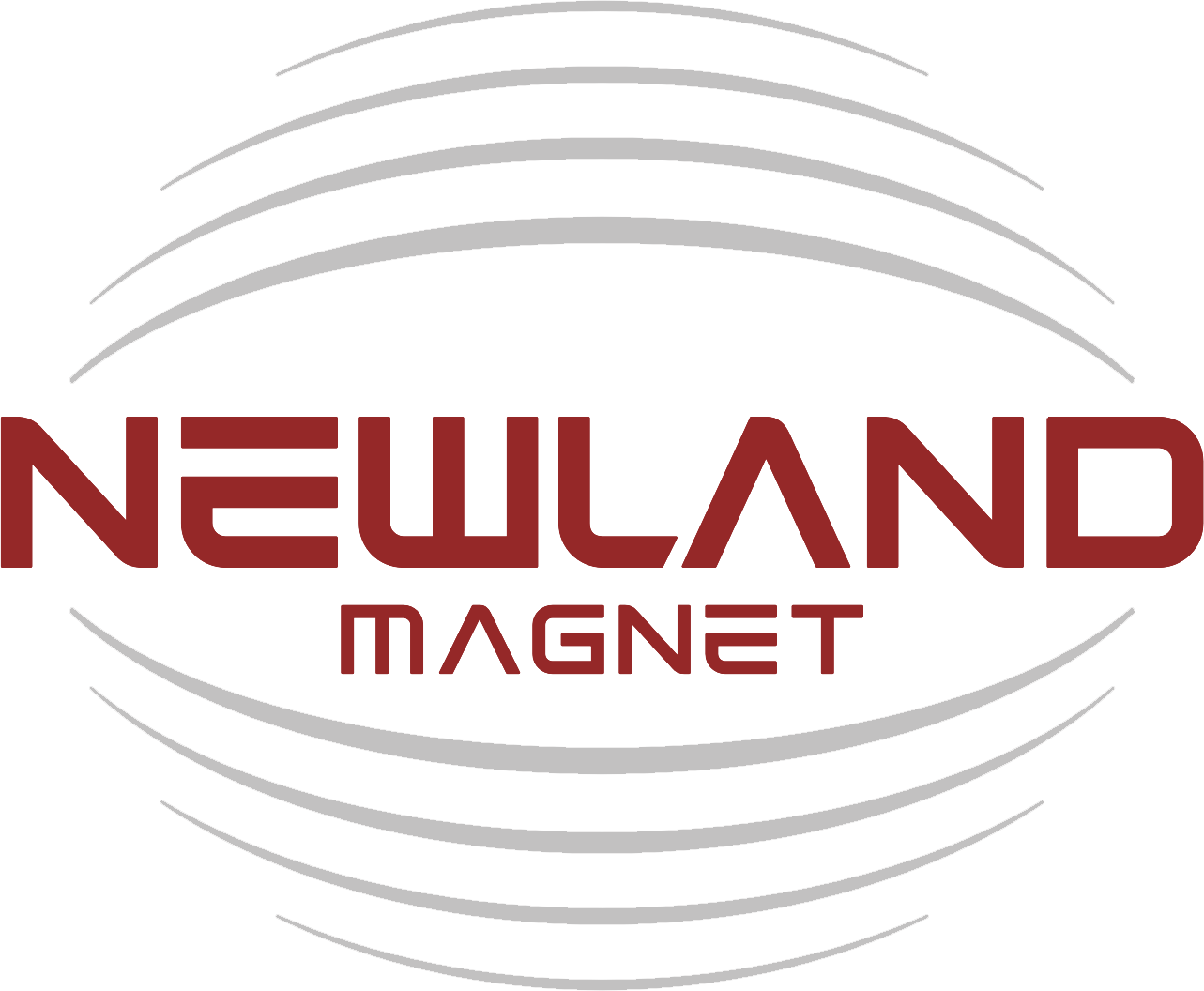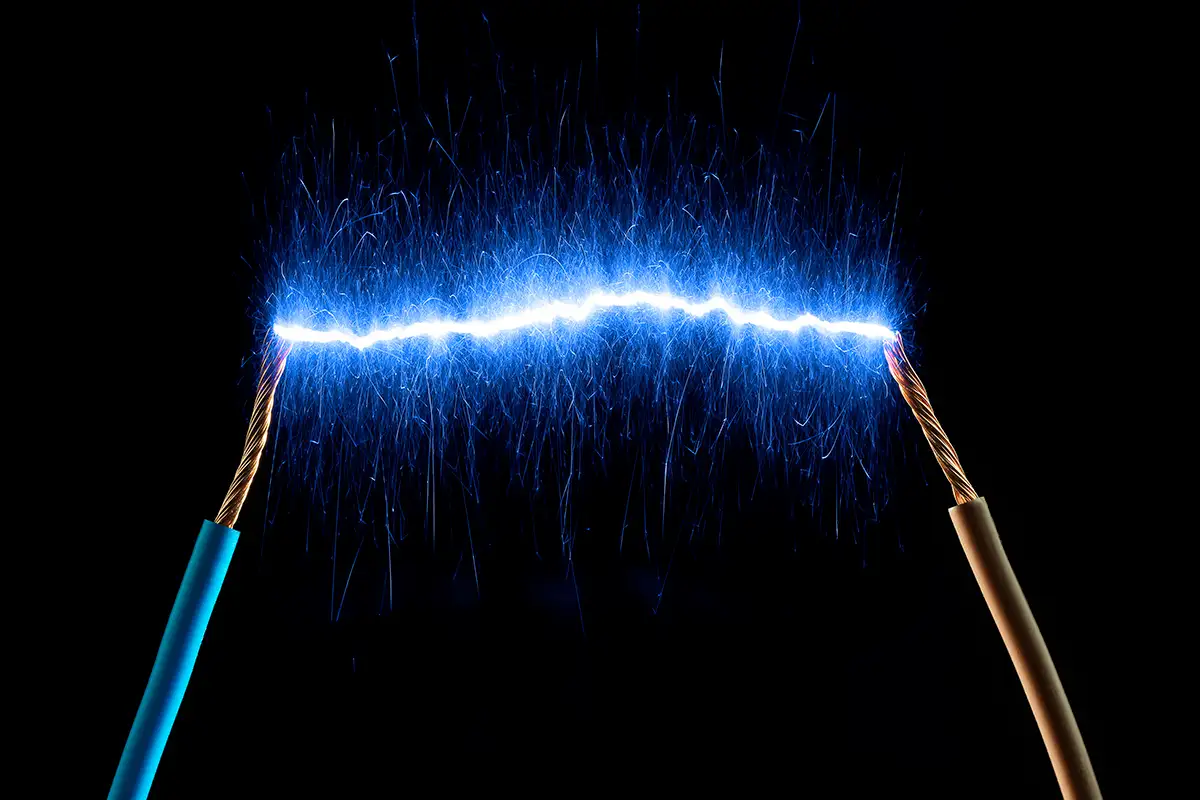The Basics of Magnetism
Magnetism arises from the motion of electric charges. Every electron in an atom generates a tiny magnetic field due to its spin. In most materials, these magnetic fields cancel out, resulting in no net magnetism. However, in ferromagnetic materials like iron, nickel, and cobalt, the magnetic moments of electrons can align, producing a strong magnetic field. When these materials are magnetized, their atomic magnetic moments align uniformly, resulting in a powerful magnet.
Magnets have two poles: north and south. Opposite poles attract each other, while like poles repel. The space around a magnet where magnetic forces are exerted is called the magnetic field. This field is invisible but can be visualized using iron filings or specialized sensors.
What is Magnetism in Electrical Technology?
Magnetism is one of the fundamental forces of nature and a cornerstone of modern electrical technology. It plays a critical role in the generation, transmission, and utilization of electrical energy. Understanding magnetism and its applications in electrical technology is essential to grasp how many of our everyday devices and systems function.
Electromagnetism: The Heart of Electrical Technology
The relationship between electricity and magnetism is described by the field of electromagnetism. When an electric current flows through a wire, it generates a magnetic field around the wire. Conversely, a changing magnetic field can induce an electric current in a conductor. This interconnection forms the basis of many electrical technologies.
Moving Magnetic Fields and Electron Motion
A fundamental principle of electromagnetism is that moving magnetic fields can pull and push electrons. This is the principle of electromagnetic induction, first discovered by Michael Faraday in 1831. According to Faraday’s Law of Induction, a change in the magnetic environment of a coil of wire will induce an electromotive force (EMF) in the coil. The induced EMF causes electrons to move, creating an electric current.
This process occurs because metals like copper and aluminum have loosely held electrons, making them excellent conductors of electricity. When a magnet is moved around a coil of wire, or the coil is moved around the magnet, the changing magnetic field exerts a force on the electrons in the wire, pushing them and creating an electrical current. This principle is the foundation of many electrical devices and systems.
Applications of Magnetism in Electrical Technology
Electric Generators:
The most direct application of moving magnetic fields to generate electricity is in electric generators. Generators convert mechanical energy into electrical energy using electromagnetic induction. Inside a generator, a coil of wire (the armature) rotates within a magnetic field, usually created by a permanent magnet or an electromagnet. As the coil spins, the magnetic field changes, inducing a current in the wire. This current is then directed through wires to power homes, businesses, and industries. The generation of electricity through this method is the backbone of modern power systems.
Electric Motors:
The reverse process of electromagnetic induction is used in electric motors, which convert electrical energy into mechanical energy. In a motor, an electric current passes through a coil of wire in a magnetic field, causing the coil to rotate. This rotation is harnessed to perform work, such as turning the wheels of a car or powering household appliances. The interaction between the magnetic field and the electric current creates a force, known as the Lorentz force, which is responsible for the motion of the motor’s components.
Transformers:
Transformers rely on the principle of electromagnetic induction to transfer electrical energy between circuits. A transformer consists of two coils of wire, the primary and secondary windings, wrapped around a common magnetic core. When an alternating current flows through the primary coil, it creates a changing magnetic field, which induces a current in the secondary coil. This allows for the efficient transmission of electrical energy over long distances, adjusting voltage levels as needed for different applications. Transformers are essential components of power grids, enabling the distribution of electricity from power plants to consumers.
Inductive Charging:
Inductive charging is a wireless charging technology used for devices like smartphones and electric vehicles. It works by transferring energy through a magnetic field between two coils: one in the charging station and one in the device. When an alternating current passes through the coil in the charging station, it creates a changing magnetic field, which induces a current in the coil of the device, charging its battery. This technology offers a convenient and cable-free way to power devices.
Magnetic Storage Devices:
Magnetism is also used in data storage devices, such as hard drives, which store information by magnetizing small regions of a spinning disk. Each of these regions represents a binary bit (0 or 1), depending on the direction of its magnetic field. As the disk spins, read/write heads move across its surface, using magnetic fields to read or write data. This technology has evolved to store vast amounts of data, making it crucial for modern computing and digital media storage.
Magnetic Sensors:
Magnetic sensors, such as Hall effect sensors, are widely used in various applications, from automotive systems to consumer electronics. These sensors detect changes in magnetic fields and convert them into electrical signals. For example, in an anti-lock braking system (ABS) of a car, magnetic sensors monitor the rotation speed of the wheels and send this data to the car’s computer, which adjusts braking pressure to prevent skidding.
Electromagnetic Relays and Switches:
Electromagnetic relays and switches use magnets to control the flow of electricity in circuits. When an electric current passes through a coil of wire, it creates a magnetic field that attracts a movable armature, closing or opening a switch. This mechanism is used in various applications, from household appliances to industrial machines, where controlling high-power circuits with low-power signals is necessary.
Magnetic Levitation (Maglev) Trains:
Maglev trains are an advanced transportation technology that uses magnetic fields to levitate and propel the train. By using powerful electromagnets, these trains float above the tracks, eliminating friction and allowing for smooth, high-speed travel. The train is propelled forward by changing the magnetic fields along the track, pulling and pushing the train in the desired direction. This technology offers the potential for faster, more efficient, and quieter transportation compared to traditional rail systems.
Electromagnetic Waves:
Magnetism is also integral to the generation and propagation of electromagnetic waves, which include radio waves, microwaves, and light. Electromagnetic waves are created when electric and magnetic fields oscillate together, and they are used in communication technologies, medical imaging, and other applications.
The Future of Magnetism in Electrical Technology
As technology advances, the role of magnetism in electrical technology continues to expand. Innovations in magnetic materials, such as rare-earth magnets and superconductors, are pushing the boundaries of what magnets can do. These advancements are enabling more efficient and powerful electrical devices, from energy-efficient motors to cutting-edge medical imaging technologies.
Researchers are also exploring new ways to harness magnetism for renewable energy sources, such as wind and wave power, where magnets are used in the generators to convert mechanical energy into electricity. The development of magnetic refrigeration, which uses the magnetocaloric effect to cool materials without harmful chemicals, offers a promising alternative to traditional refrigeration methods.
Moreover, the integration of magnetism with quantum technologies is opening new possibilities in computing and data storage. Quantum bits (qubits) in quantum computers can be manipulated using magnetic fields, potentially revolutionizing computing power and efficiency.






